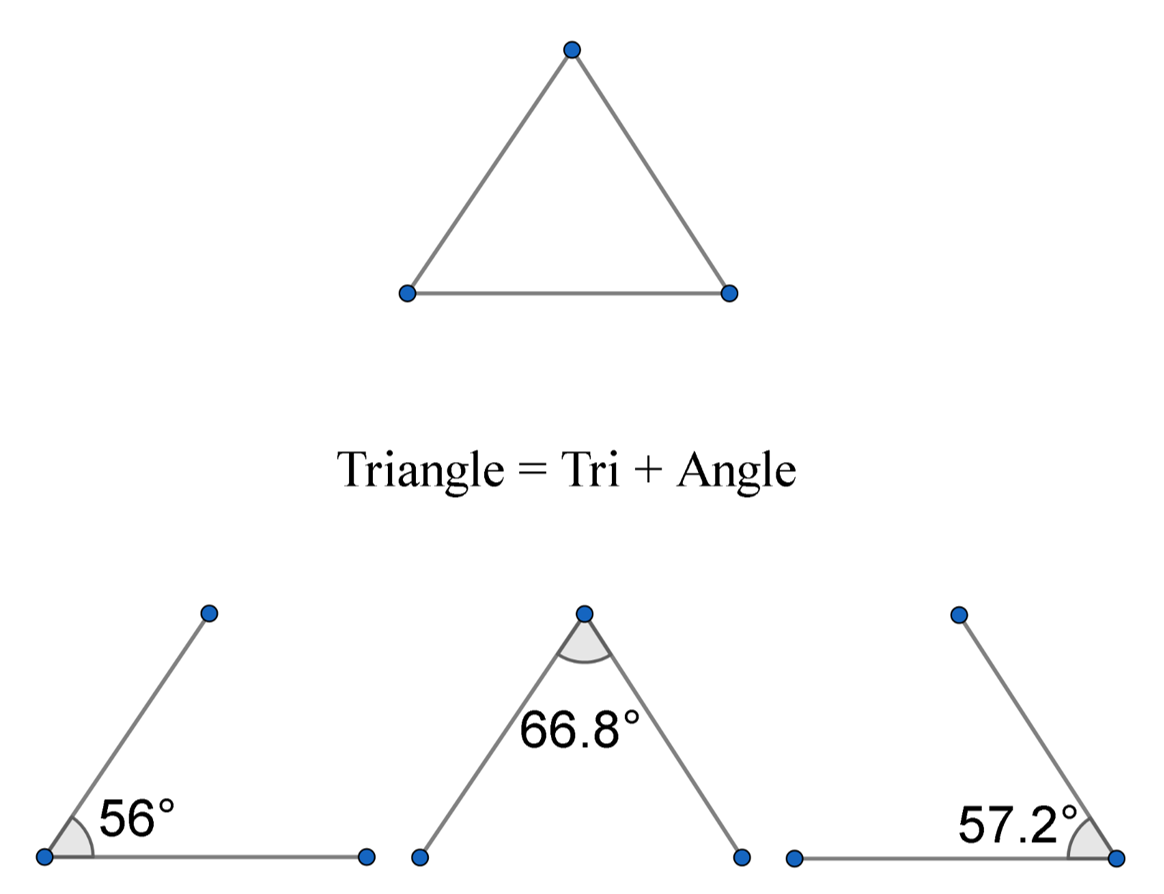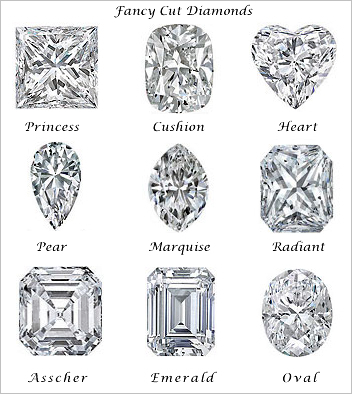|
Trilliant Cut
A trilliant cut, sometimes called a trillion'', ''trillian, or Trielle is a triangular type of gemstone cut. The cut has many variations. It may have curved or uncurved sides. The shape of the top surface, or table, also varies. Creation The trilliant cut was introduced by the Asscher brothers in Amsterdam. In the early 1960s Leon Finker created his version on the "triangular brilliant cut diamond" which he called the Trillion Cut. Mr. Finker had a large diamond cutting factory in New York, and Henry Meyer Diamond Company, who was also cutting triangular brilliant diamonds, used the same diamond cutters, though their stones were cut slightly differently. Henry Meyer referred to his diamond cut as “Trilliant,” while Mr. Finker called his cut Trillion. When Mr. Finker's son, Marvin Finker, entered the business in the early 1970s, he decided to patent the cut that his father was cutting and he trademarked the term “Trillion®” for their now patented triangular brilliant cut ... [...More Info...] [...Related Items...] OR: [Wikipedia] [Google] [Baidu] |
Triangle
A triangle is a polygon with three edges and three vertices. It is one of the basic shapes in geometry. A triangle with vertices ''A'', ''B'', and ''C'' is denoted \triangle ABC. In Euclidean geometry, any three points, when non- collinear, determine a unique triangle and simultaneously, a unique plane (i.e. a two-dimensional Euclidean space). In other words, there is only one plane that contains that triangle, and every triangle is contained in some plane. If the entire geometry is only the Euclidean plane, there is only one plane and all triangles are contained in it; however, in higher-dimensional Euclidean spaces, this is no longer true. This article is about triangles in Euclidean geometry, and in particular, the Euclidean plane, except where otherwise noted. Types of triangle The terminology for categorizing triangles is more than two thousand years old, having been defined on the very first page of Euclid's Elements. The names used for modern classification a ... [...More Info...] [...Related Items...] OR: [Wikipedia] [Google] [Baidu] |
Gemstone
A gemstone (also called a fine gem, jewel, precious stone, or semiprecious stone) is a piece of mineral crystal which, in cut and polished form, is used to make jewelry or other adornments. However, certain rocks (such as lapis lazuli, opal, and obsidian) and occasionally organic materials that are not minerals (such as amber, jet, and pearl) are also used for jewelry and are therefore often considered to be gemstones as well. Most gemstones are hard, but some soft minerals are used in jewelry because of their luster or other physical properties that have aesthetic value. Rarity and notoriety are other characteristics that lend value to gemstones. Apart from jewelry, from earliest antiquity engraved gems and hardstone carvings, such as cups, were major luxury art forms. A gem expert is a gemologist, a gem maker is called a lapidarist or gemcutter; a diamond cutter is called a diamantaire. Characteristics and classification The traditional classification in the Wes ... [...More Info...] [...Related Items...] OR: [Wikipedia] [Google] [Baidu] |
Scintillation , ...
Scintillation can refer to: *Scintillation (astronomy), atmospheric effects which influence astronomical observations *Interplanetary scintillation, fluctuations of radio waves caused by the solar wind *Scintillation (physics), a flash of light produced in certain materials when they absorb ionizing radiation *Scintillation (radar), an apparent rapid target displacement occurring on radar displays * Scintillation (medicine), a rapidly oscillating pattern of visual distortions, often associated with migraine aura *Scintillation counter, a device that measures ionizing radiation * Scintillating grid illusion, an image in which compounded color contrasts cause an optical illusion of visual artifacts See also *Scintillate (horse) Scintillate (foaled 24 January 1976) was a British Thoroughbred racehorse and broodmare best known for winning the classic Oaks Stakes in 1979. She showed promising form as a two-year-old although she failed to win in three races. After recordi ... [...More Info...] [...Related Items...] OR: [Wikipedia] [Google] [Baidu] |
Cut (gems)
When a gemstone is desired to be used in jewelry, it is cut depending on the size and shape of the rough stone, as well as the desired piece of jewelry to be made. As a general rule, a cut gemstone will reduce the mass (described in the carat) by about 50 percent. There are several techniques available to work with gemstones; among them are sawing, grinding, sanding, lapping, polishing, grilling, and tumbling. The diamond cut planning stage is a complex process that requires the cutter to work with unique rough stones. Very often, the location of the inclusions in a rough stone will determine the type of shape to which a diamond may be cut. For economic reasons, most diamonds are cut to retain weight instead of maximizing brilliance. Types A list of cuts: * Antwerp rose cut * Asscher cut * Baguette cut * Barion cut *Brilliant cut * Briolette *Cabochon * Calla Cut *Ceylon cut *Cushion or old mine cut * Double Dutch rose cut * Emerald cut *Flanders cut *French cut * Heart bril ... [...More Info...] [...Related Items...] OR: [Wikipedia] [Google] [Baidu] |
Diamond Cut
A diamond cut is a style or design guide used when shaping a diamond for polishing such as the brilliant cut. Cut does not refer to shape (pear, oval), but the symmetry, proportioning and polish of a diamond. The cut of a diamond greatly affects a diamond's brilliance; this means if it is cut poorly, it will be less luminous. In order to best use a diamond gemstone's material properties, a number of different diamond cuts have been developed. A diamond cut constitutes a more or less symmetrical arrangement of facets, which together modify the shape and appearance of a diamond crystal. Diamond cutters must consider several factors, such as the shape and size of the crystal, when choosing a cut. The practical history of diamond cuts can be traced back to the Middle Ages, while their theoretical basis was not developed until the turn of the 20th century. Design, creation and innovation continue to the present day: new technology—notably laser cutting and computer-aided design ... [...More Info...] [...Related Items...] OR: [Wikipedia] [Google] [Baidu] |



